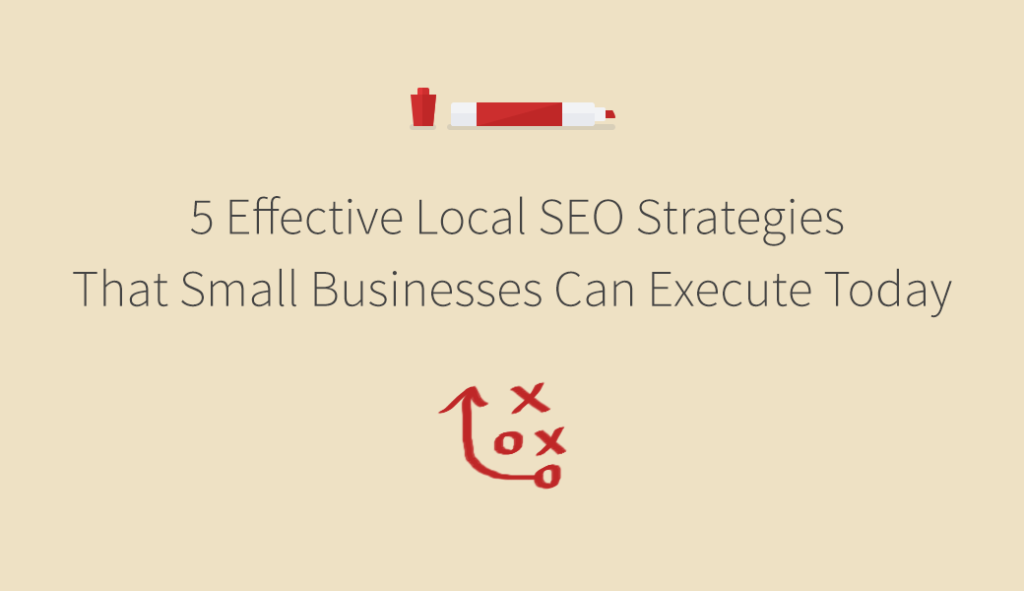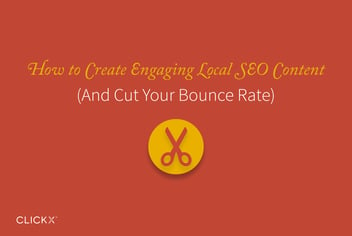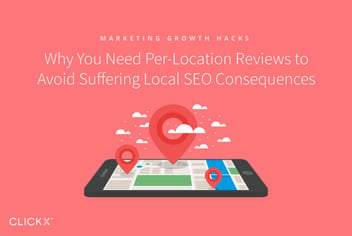5 Effective Local SEO Strategies That Small Businesses Can Execute Today
Local search is seriously big business.
According to Google, four in five consumers conduct local searches. Of those, between 34 and 50 percent visit a store. They’re buying too – some 18 percent of local searches lead to sales.
Those numbers combined with the fact that Google processes some 3.5 billion searches every day leads to one clear conclusion: local businesses can profit enormously from prominent positioning in local search results.
[Tweet “Local businesses can profit from prominent positioning in #localsearch results”]
But how can your small business achieve prominent positioning in Google’s local search results?
That is the million dollar question, and in this article, we are going to give you a handful of highly effective strategies that you can start implementing today.
Before We Begin…
This article very deliberately tackles a number of disparate strategies for a simple reason: top-ranking local businesses demonstrate a varied number of positive signals to Google, as the below chart of local search ranking factors (courtesy of Moz) indicates:

It’s not good enough to simply optimize webpage titles or gaining positive reviews (although both are important). It’s the sum of your varied efforts that can truly make a difference.
With that said, our advice is not to action one strategy below, but incorporate them all into a broader plan.
With that said, let’s move onto the strategies!
[Tweet “5 Effective Local #SEO Strategies That Small Businesses Can Execute Today”]
1. Optimize Your Website for Search Engines
You may think that you have your onsite optimization licked, but indulge me for a moment.
Last year, Moz produced a wonderful graphical representation of how effective onsite optimization is represented:

Having studied the above diagram, you may now realize that you have more work to do than you originally thought.
While I don’t expect you to tackle all of the above immediately, it would serve you well to draw up a list of to-dos that you can action over the coming weeks and months.
We’ll get onto content creation shortly, but in terms of optimizing the ‘nuts and bolts’ of your site, concentrate on the following most important recommendations below.
Action Steps:
- Ensure that your website has a crawler-friendly sitemap.
- Target a primary key phrase for each page on your site and include it within the content whenever relevant.
- Include schema.org microdata (if relevant). Google can help with this.
2. Create High Quality Content
Local and non-local SEO are far more intertwined than you may think. In reality, an effective local SEO campaign has the support of strong non-local search signals.
With that in mind, the quality of the content you create has a huge bearing on the success of your local SEO campaign. Most notably, the ability of your site’s content to be relevant to local searchers (directly or indirectly) and attract high quality links is of paramount importance.
Try to assess the value of your content objectively. We don’t have room here to delve into the intricacies of content marketing, but most of us know what quality content looks like. It ultimately comes down to asking a simple question:
Would the majority of my potential customers find my content genuinely useful and/or bring them closer to making a decision to purchase?
Action Steps:
- Run an audit on your existing content to ensure that it is up to scratch.
- Set clear and measurable standards for future content based on the above question.
- Create an editorial calendar and start publishing content regularly.
3. Make the Most of Google My Business
Any local business that doesn’t take the time to optimize their Google My Business profile is missing out in a big way.
Simply Business has done a fantastic job of introducing you to the elements you need to worry about with this graphical tutorial. That’ll get you sorted in terms of the basics, but there are a couple of elements I want to mention specifically.
The first is citations, which we will get onto in the next section. The second is photographs. Your Google My Business page should include high quality, relevant photographs. When it comes to users clicking through to your result rather than a competitors, how compelling your image is can make all the difference.
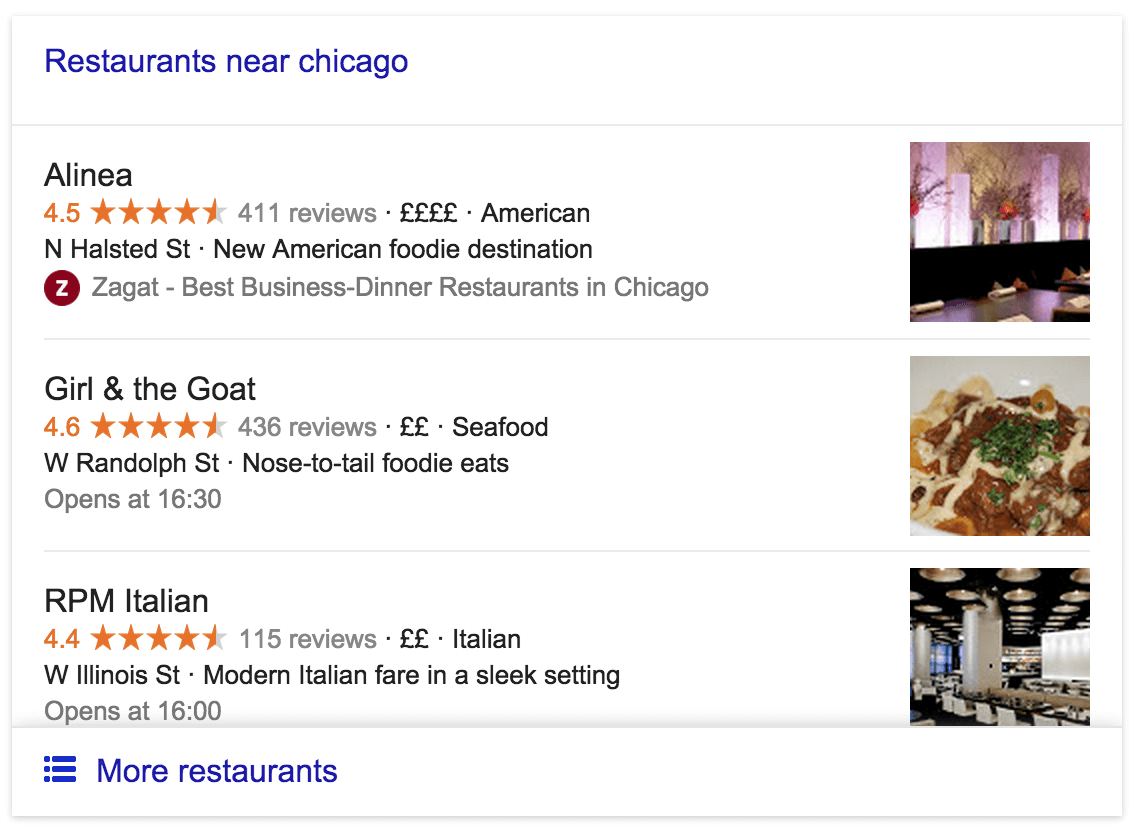
I don’t know about you, but an image of food is far more appealing to me when I’m searching for a restaurant.
Action Steps:
- Complete The Small Business Guide to Google My Business.
- Create and/or source and upload high quality imagery to your profile.
4. Attract High Quality Citations and Reviews
Citations get a lot of attention in the world of local search, and with good reason: they are a major ranking factor. But what are they exactly?
Put simply, a citation is an online reference to your business. They can be as simple as your business’ name and address on an online directory, or a more detailed reference in a blog post.
There is a lot to be said for the quality of citations over quantity. Spamming directories with hundreds of citations is not the best way to go about boosting your site’s rankings. Instead, focus on getting your business listed on the highest quality directories such as yellowpages.com and yelp.com.
You can also direct existing customers with Google Plus accounts to write up positive reviews with a simple link—http://plus.google.com/+YourBusinessName/?hl=en&review=1—which will take them directly to a screen like this:

Action Steps:
- Submit your business to the top quality online directories.
- Solicit existing customers with Google Plus accounts to write positive reviews.
5. Be Fully Mobile Compatible
Mobile browsing is now more prevalent than desktop browsing.
But that’s not all—according to Google, mobile searchers are more likely to turn into buying customers:
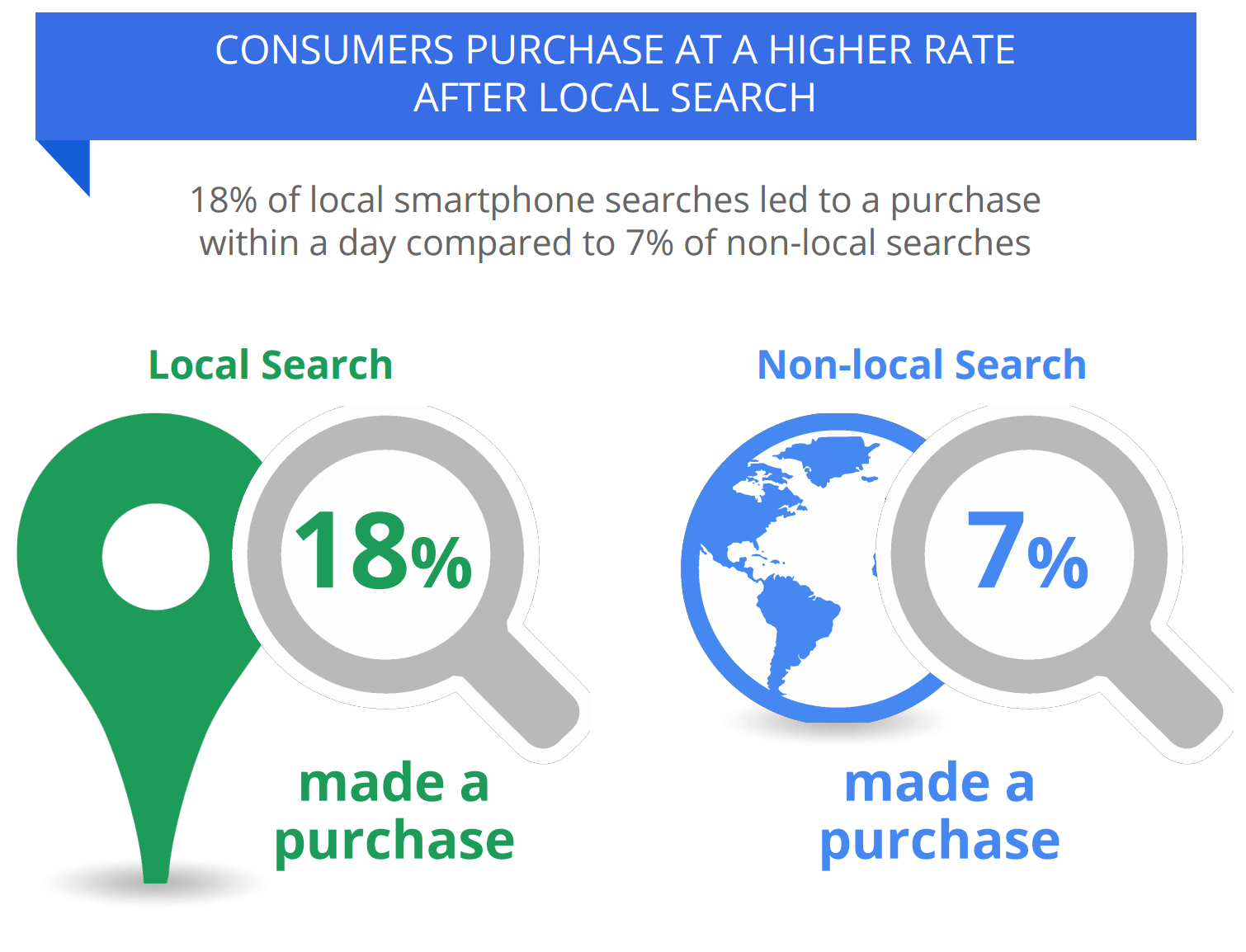
With the above in mind, it’s fair to say that building a website that is easily navigable via mobile devices should be a huge priority.
But how do you do that? The buzzphrase you may have heard is “responsive design”. In short, responsive design enables your website to adapt fluidly to different screen sizes, ensuring that the site remains useable.
The quickest way to check the ‘responsivity’ of your site is to use an online emulator such as StudioPress’ offering:
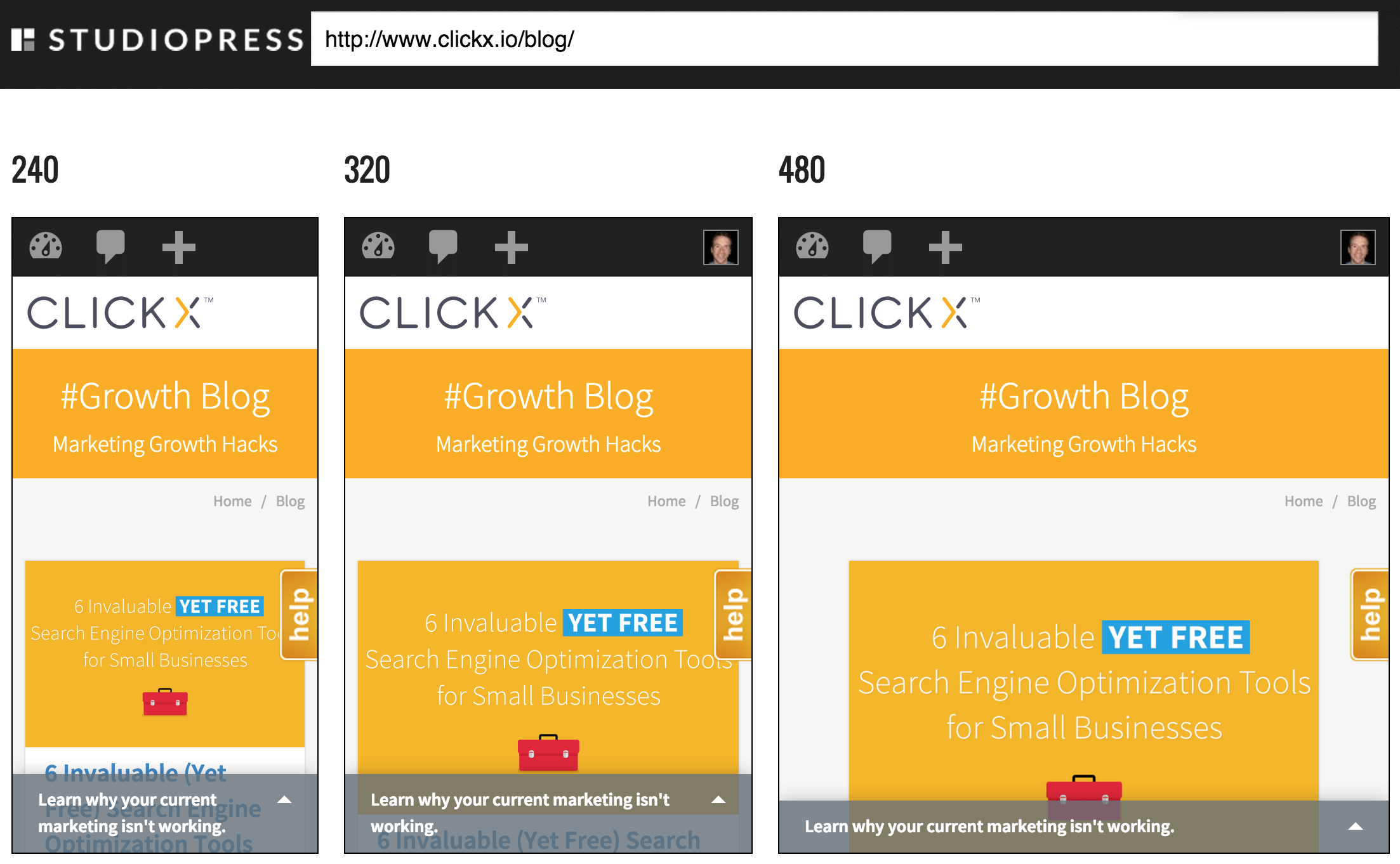
The Clickx blog—looking pretty damned good on mobile devices, even if we do say so ourselves 😉
If your site isn’t responsive, you have a couple of options:
- have a professional firm re-design your site to be responsive, or
- purchase a responsive premium theme (if you’re using a mainstream content management system such as WordPress) and do it yourself.
Action Steps:
- Test your website for responsiveness using StudioPress’ emulator.
- If your site isn’t responsive, commission a new design as soon as possible.
Bonus Strategy: Measure Everything
I’m not going to go into too much detail here, but if you’re going to take any positive steps to improve your local Google search rankings, you should be measuring anything you consider remotely relevant.
Google Analytics is your friend in this sense—with it you will know how many visitors you are attracting, where they are coming from, what they are searching for, how long they hang around, and much, much more.
You’ll want to couple that with your own data, in terms of recording the steps you take, and the effect that they have. Any action you take is next-to-worthless if you don’t fully understand whether it had a positive impact. If you can inform yourself on the success (or otherwise) of your actions, you’ll be far better equipped to implement savvier strategies in the future.
Conclusion
Performing well in local search may have once been a one-shot thing, but that is certainly no longer the case.
You’ll need to do far more than simply put up a profile for your local business on Google. You need to take a holistic approach to SEO – incorporating all of the factors discussed above. One strategy alone will not provide you with the best results.
With clear action steps above, you have no excuse not to get started straight away. My suggestion is that you set aside some time in your diary every week to further your business’ online presence, and stick to it religiously.
Best of luck, and if you have any questions or comments, please do not hesitate to fire away in the comments section below!

